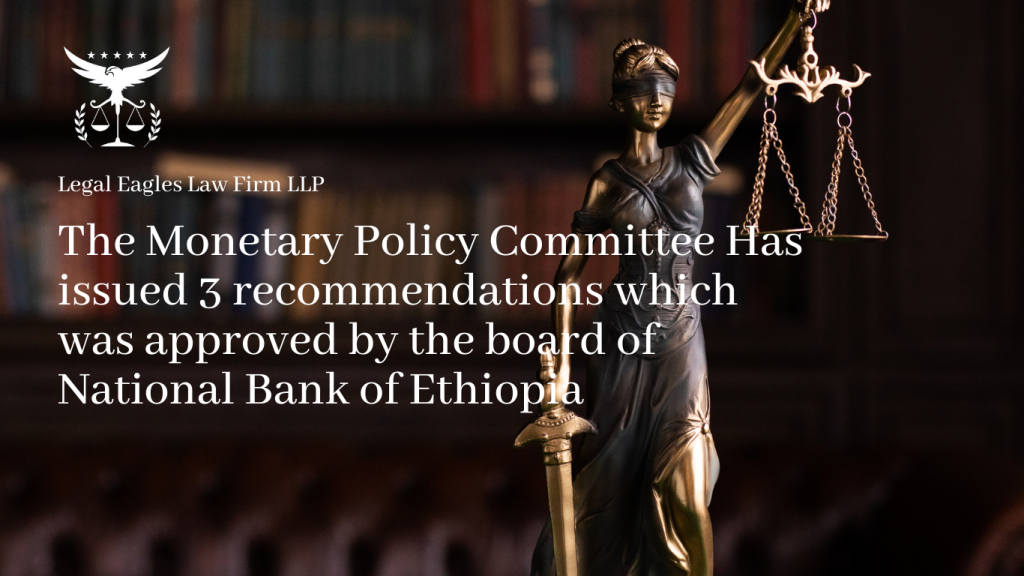The 14% credit growth rate previously imposed on banks has been relaxed to 18%, which is expected to increase the lending capacity of banks. However, whether this is a feasible move remains controversial among economists.
Other significant resolutions passed by the inaugural committee of the Monetary Policy and approved by the board of the National Bank of Ethiopia (NBE) include:
- Maintaining the Standing Deposit Facility, Standing Lending Facility, and reserve requirements at current levels.
- Keeping the national bank’s monetary policy rate at 15%, aiming to address high inflation and stabilize exchange rate expectations.
Key points discussed by the Monetary Policy Committee include:
Inflation:
- The overall inflation rate has decreased to 16.9%, which is claimed to be lower than the previous rate.
- The inflation rate for food products has shown some improvement compared to last year but remains high at 18.5%.
- Government actions in the exchange rate sector have contributed to rising inflation in non-food products.
Growth and Economic Activity:
- Following a real GDP growth rate of 8.1% in 2023-2024, activity indicators suggest continued strong growth momentum so far this fiscal year.
- A favorable rainy season across most parts of the country, combined with multiple supply-side initiatives in agriculture, suggests a likely record harvest for the current crop season.
Fiscal Position:
- Budgetary developments have been generally favorable, given the ongoing fiscal consolidation.
- This has resulted in zero monetary financing of the deficit so far this fiscal year.
Monetary Development:
- Key monetary aggregates showed a sharp slowdown in growth rates during 2023-2024, which helped reduce inflationary pressures and expectations.
- Domestic credit growth is trailing behind the growth in nominal GDP.
Banking and Financial Sector:
- The banking system remains stable with low non-performing loans, supported by inter-bank markets and NBE facilities addressing liquidity challenges.
- However, liquidity strains have been noted in certain segments of the banking system.
External Sector:
The July 2024 exchange rate reform led to significant improvements, including strong growth in exports, remittances, modest import reductions, and substantial capital inflows from both private and official sources.






